
You know those moments when you’re given an assignment and told to do it in a precise way? As you begin, you feel clumsy and like a fish out of water. Next, you hear the voice in the back of your mind saying, “there’s gotta be another way to do this! What if you do it THIS way instead?”
As you get going on it – your way – things shift and move, and the next thing you know, you’ve morphed from a floppy fish on land to a glowing unicorn flying.
Heck yeah! That’s the way it was always meant to be!
Supine twist is one of those poses; the traditional way is great, but you know it could feel spectacular.
There are so many great variations; explore them all! Read on and try the variations here, watch the video for added cues, then explore the pose for yourself and discover new ways to feel the magic of the pose.
This is where I like to set some ground rules. I like to list the contraindications, or the reasons why, you shouldn’t do the pose. But supine twist is generally safe for almost everyone (I say ‘almost’ cause there’s always someone out there that’s the exception to the rule and can’t reach rainbow unicorn status in this pose).
So WHY should you do supine twist?
Why you shouldn’t do supine twist
The journey into and out of supine twist is almost the same, no matter what variation you take. There is so much freedom and ability to change this pose to fit you, but it’s a pose that stands on its own, which makes it difficult to incorporate in a “flow.”
Want the same-old-story version of supine lord of the fishes? (yes, that is the English translation) In this section, I keep the description as close to traditional as possible. You may still feel the wonder and awe with this variation, but if you’re ready to explore your options, skip down here.
** Reading Break ** This blog post DOES contain affiliate links of related products I love and they might even be pictured. If you click on a link and purchase a product (or service) it costs you nothing, you MIGHT even get a discount, and I MAY even receive a SMALL commission. This helps me to buy and drink coffee ☕️ in order to keep me awake and provide you with amazing free content 💗 Thank You for supporting my content 💋
Ready to go on an adventure full of discovery? Here are some jumping-off points for your exploration of supine twist. Try one, try them all, try them in combination, then create your own.
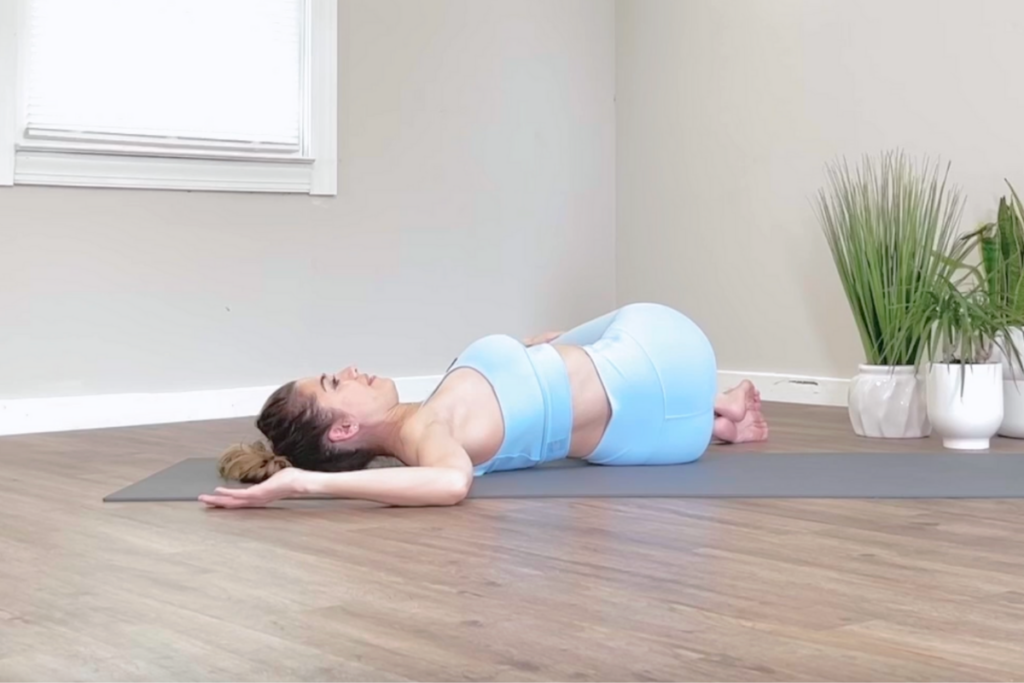
Reason: You want to add a stretch to the pectoralis muscles (major and/or minor).
How to do it:
Note:

Reason: You like tradition or want to deepen the stretch into the pectoralis major muscle.
How to do it:
Note:
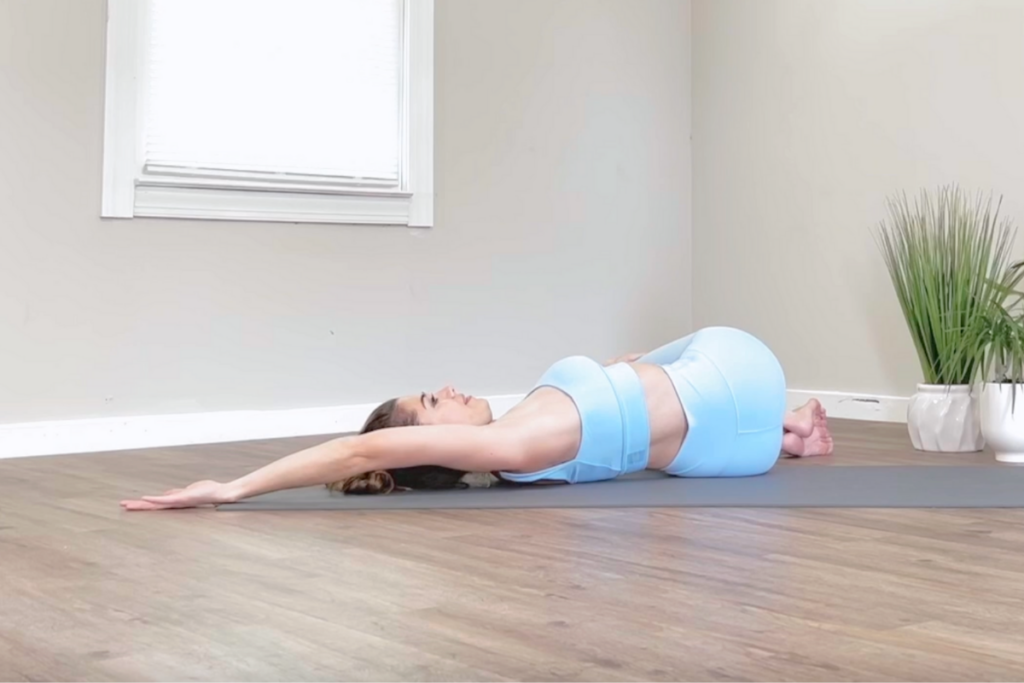
Reason: You want to add a stretch into your lats, or your pectoralis muscles are tight.
How to do it:
Note:
Reason: You don’t want to stretch the arm, shoulder, or lats or have an injury.
How to do it:
You can do cactus, T, or arm alongside the ear with both arms in this pose. If you want to add to your twist try the version below.
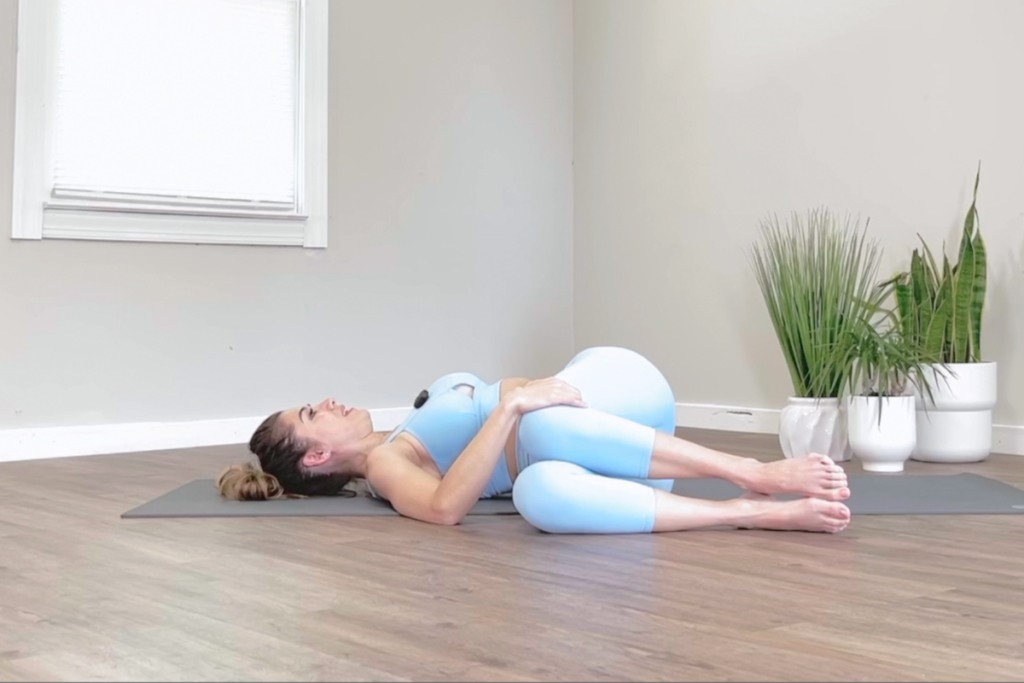
Reason: You want to add a little help to your twist
How to do it:

Reason: You want a deeper twist, or have a leg injury that makes it difficult to bend a knee.
How to do it:
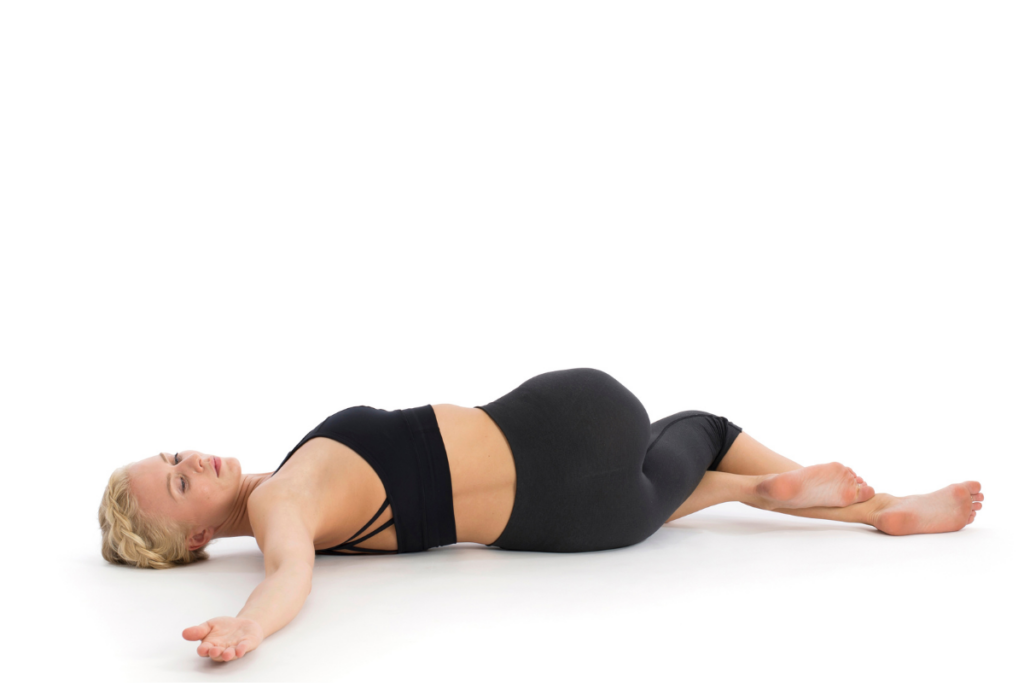
Reason: You want to stretch into other parts of your hips and legs
How to do it:
Tip: Switch the cross of the legs and try the twist in both directions.

Reason: You want to move the stretch into the hip and the hamstring.
How to do it:
Reason: You want to change where you feel the stretch in the back
How to do it:
This supine lord of the fishes pose shouldn’t leave you feeling like a fish out of water. If the pose is uncomfortable or awkward here are a few ways to indulge and feel like you’re at the spa. Try them individually or in combination to make the experience more heavenly.

Reason: Your hips feel uncomfortable with your knees together
How to do it:
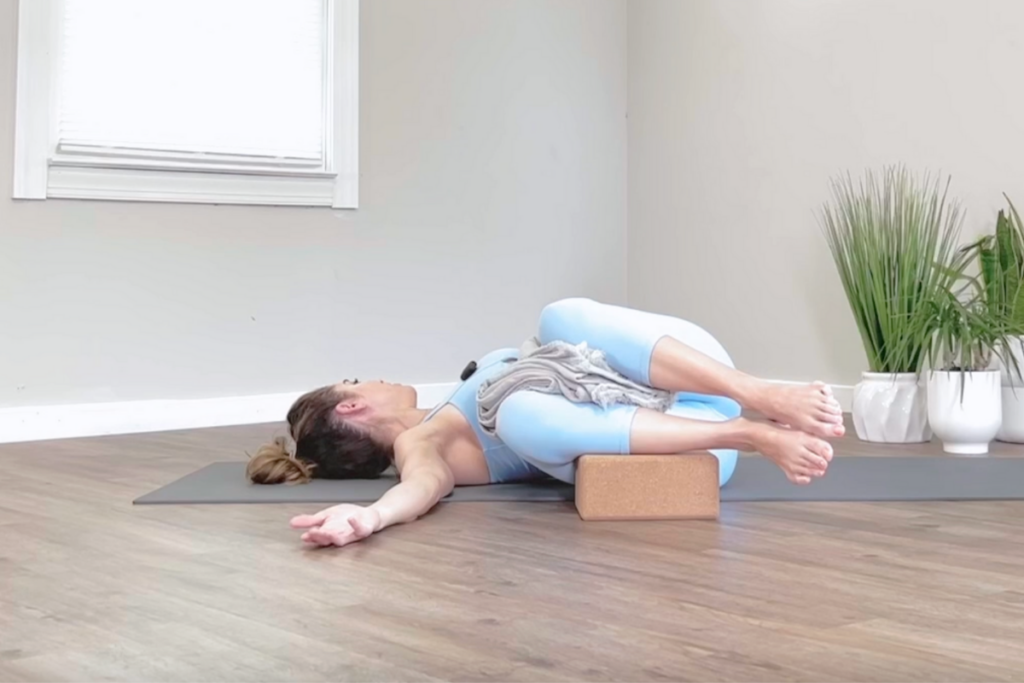
Reason: You feel uncomfortable and unable to relax in the twist, or your knees won’t make it to the floor
How to do it:
Supine twist is a restorative posture. If you’re a Limber-Laura (yup just made that up) you may not notice much as you explore of this pose. With sensation intense or mild, here is what you’ll most likely experience.
Ready to come back to reality? If you’re waking out of your dreamy state in supine twist and what to know exactly what you were experiencing, this section is here to help you understand the anatomy of the pose.
This is a passive stretch, and unless you have to strain to put yourself into a specific position of this pose, no muscles should be engaged.
As you saw above there are a variety of variations of this pose. For the purposes of this section, we’ll stick to the traditional.
Did you reach rainbow flying unicorn status through your exploration of Supta Matsyendrasana? I hope you did! And if you didn’t, I hope you found more comfort than the supine-half-lord-of-the-fishes name suggests. If you’re not done wondering through this pose or any others, sign up for my newsletter for more tips and tricks in your adventures through asana and yoga off the mat.
Sign up for my newsletter and get my 1 min checklist to reduce stress, anxiety, and pain + guided audio.
Privacy is important. I won’t sell your info. I promise.